Known as America’s Dairyland due to its cheese and milk output, Wisconsin’s rolling fields and fertile soil make it an excellent place to farm crops. According to the USDA, Wisconsin has nearly 65,000 farms with an average size of over 200 acres, and its agricultural sales account for three percent of the country’s total. Keep reading to discover the 8 most valuable crops in Wisconsin, using the USDA’s 2022 State Agricultural Overview.
1. Corn

Dent corn gets its name from the characteristic dents that each kernel develops as it dries.
©iStock.com/branex
Wisconsin is a leading producer of corn, with a 2022 harvest valued at $3.4 billion. The state’s primary crop is dent corn, also known as field corn, which is used mostly for non-food applications. Farmers use dent corn for animal and livestock feed, and about 70% of Wisconsin’s dent corn stays in the state to feed chickens, pigs, and cattle. Over 30% of the state’s corn is used in the production of ethanol. One bushel of field corn can produce almost three gallons of fuel!
2. Soybeans
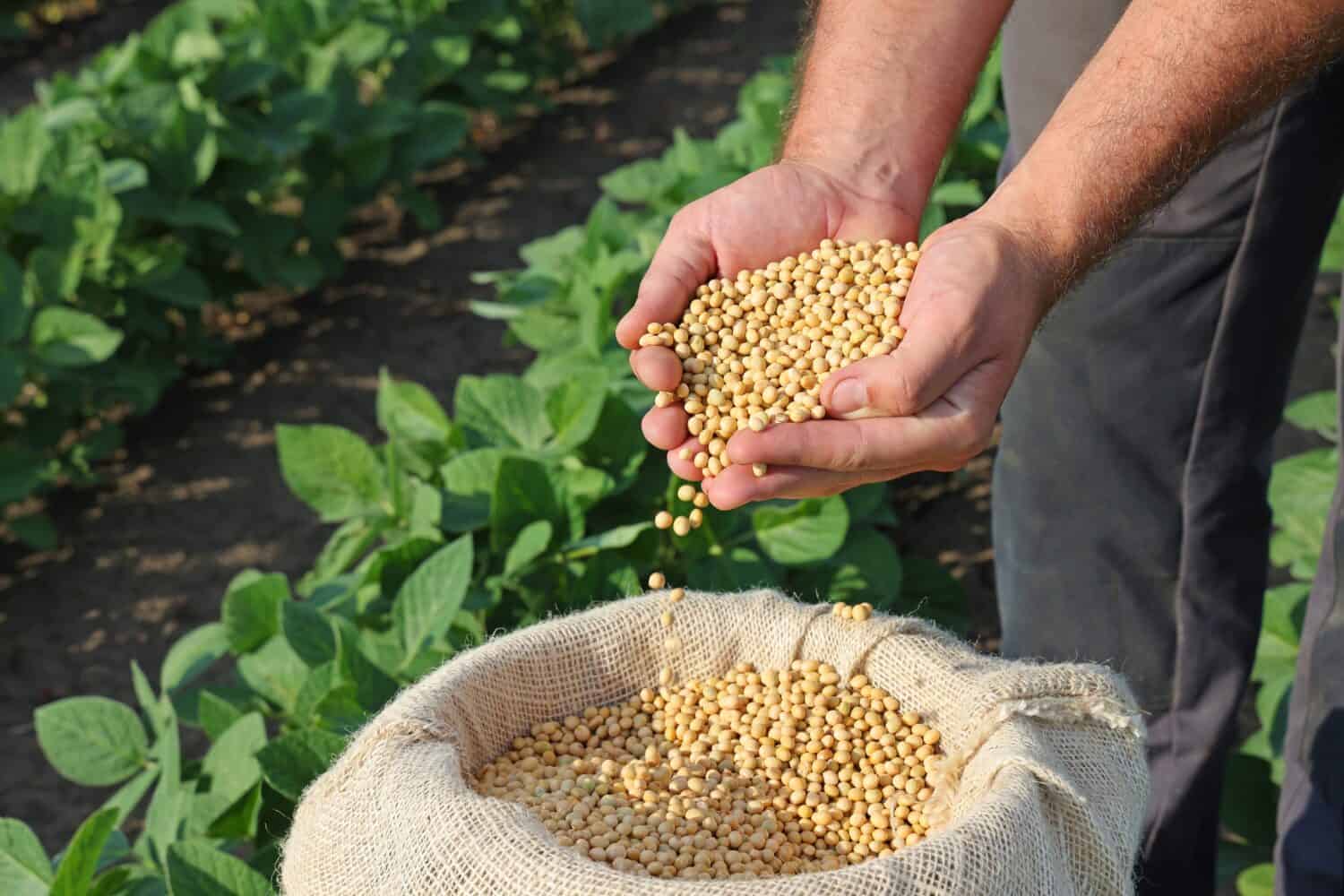
Thanks to advancements in technology, soybean farmers in Wisconsin today are growing twice as much food as the previous generation while using fewer resources.
©branislavpudar/Shutterstock.com
In 2022, soybeans were the state’s second most valuable crop, with a value of $1.6 billion. There are over 11,000 soybean growers in Wisconsin, and the state ranks 14th in the country for soybean production. Wisconsin is a leading exporter of soybeans, with 65% of its crop shipped to other states or countries.
3. Hay and Haylage
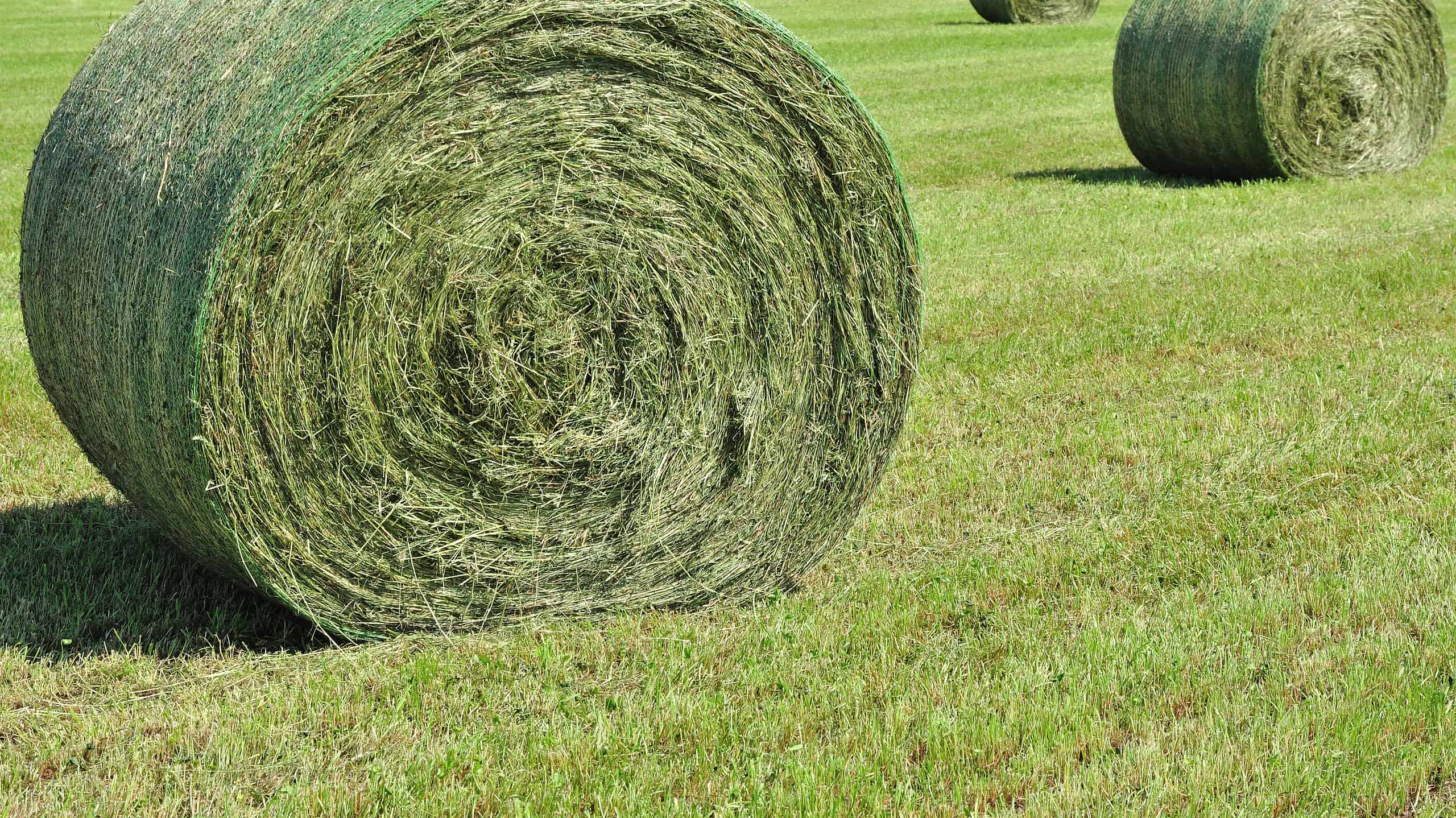
Together, hay crops in Wisconsin, along with hay and haylage, account for nearly $1.5 billion in value.
©klamor/Shutterstock.com
Providing crucial food for the state’s dairy cattle, hay and haylage are crucial for the agricultural sector in Wisconsin. In 2022, hay and haylage were valued at just over $1 billion, while hay — including alfalfa — was valued at nearly $435 million.
Hay and haylage include cool-season grasses and legumes, such as Kentucky Bluegrass, red clover, and orchardgrass. These plants improve soil by fixing nitrogen along with providing vital food for livestock.
4. Potatoes
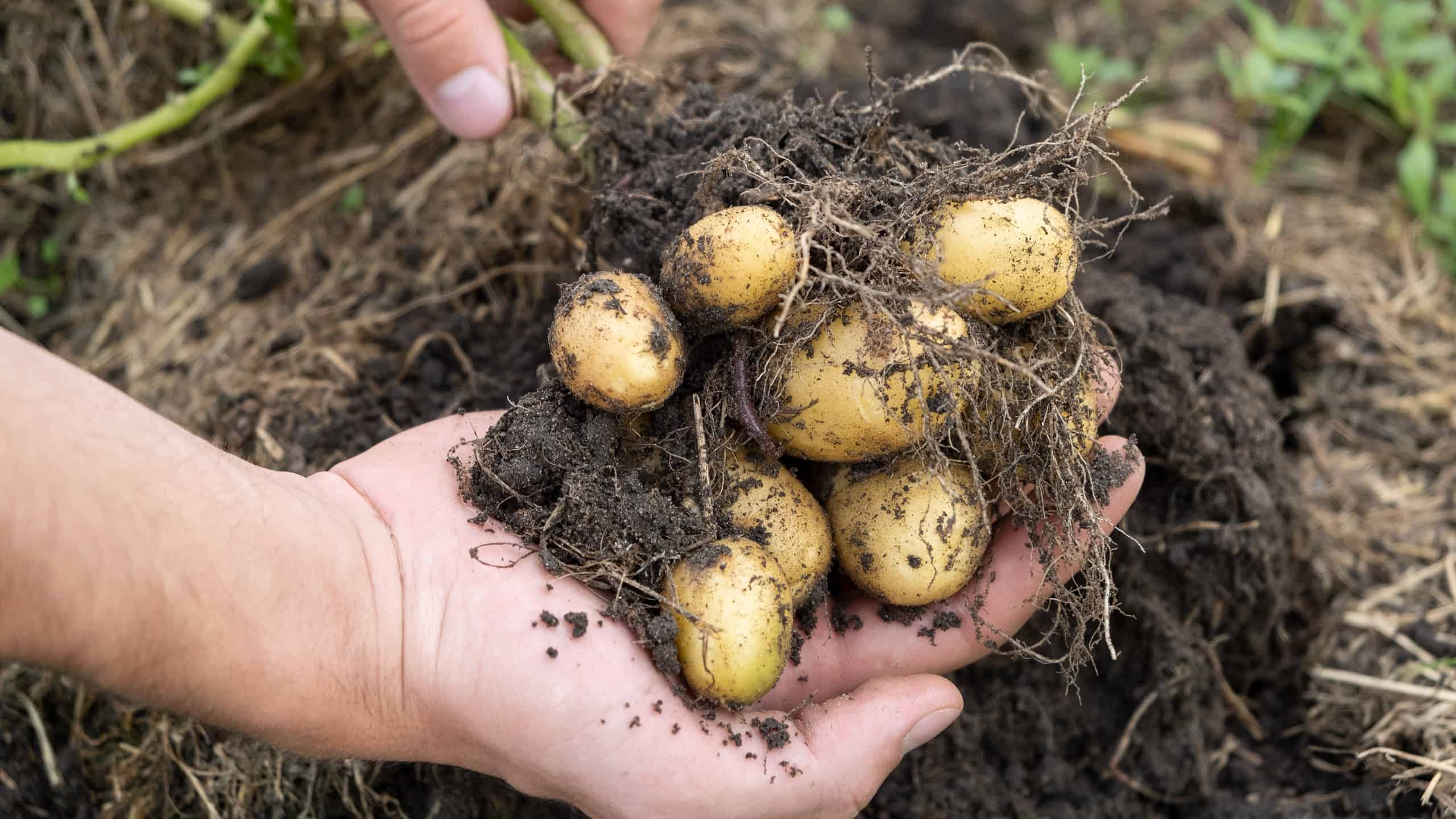
Wisconsin has nearly 140 potato farms.
©ArieStudio/Shutterstock.com
Farmers in Wisconsin grow a half dozen different potato varieties with a combined value of nearly $415 million. Wisconsin is the nation’s third leading potato producer, and it grows the most potatoes of any state east of the Mississippi River.
5. Cranberries
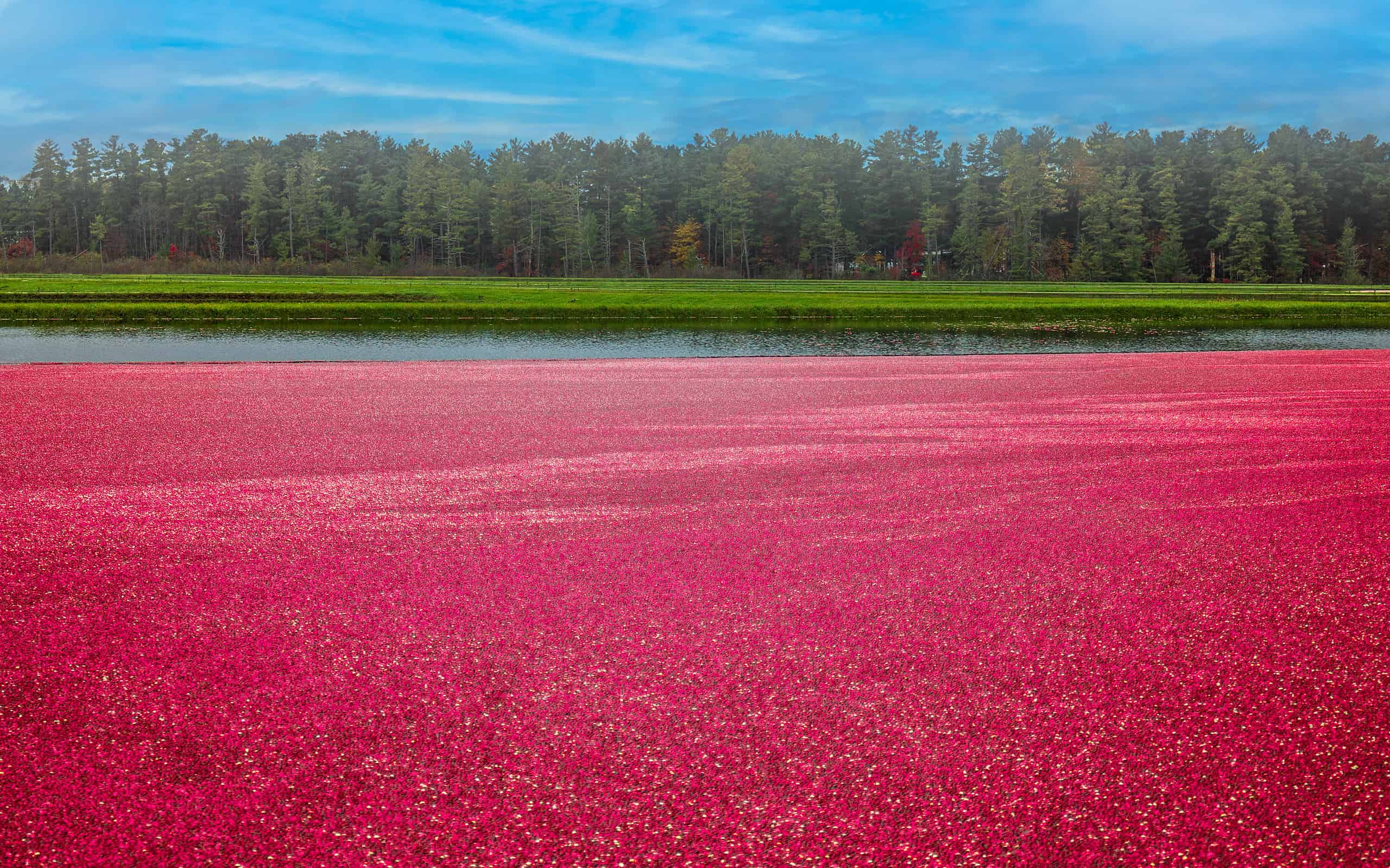
Cranberries are harvested from late September through October.
©KLBahr/ via Getty Images
Each fall, over 20,000 acres in Wisconsin turn bright red with ripe cranberries, which account for an annual value of nearly $187 million. Cranberries grow in the sandy peat marshes in the central and northern regions of the state. In the fall, farmers flood the marshes, causing the ripe berries to float to the water’s surface, making them easy to harvest.
Wisconsin is the nation’s leading producer of cranberries and produces a harvest of over 4.5 million barrels each year. Additionally, cranberry has been the state’s official fruit since 2003 after a group of elementary school students successfully advocated on its behalf.
6. Wheat
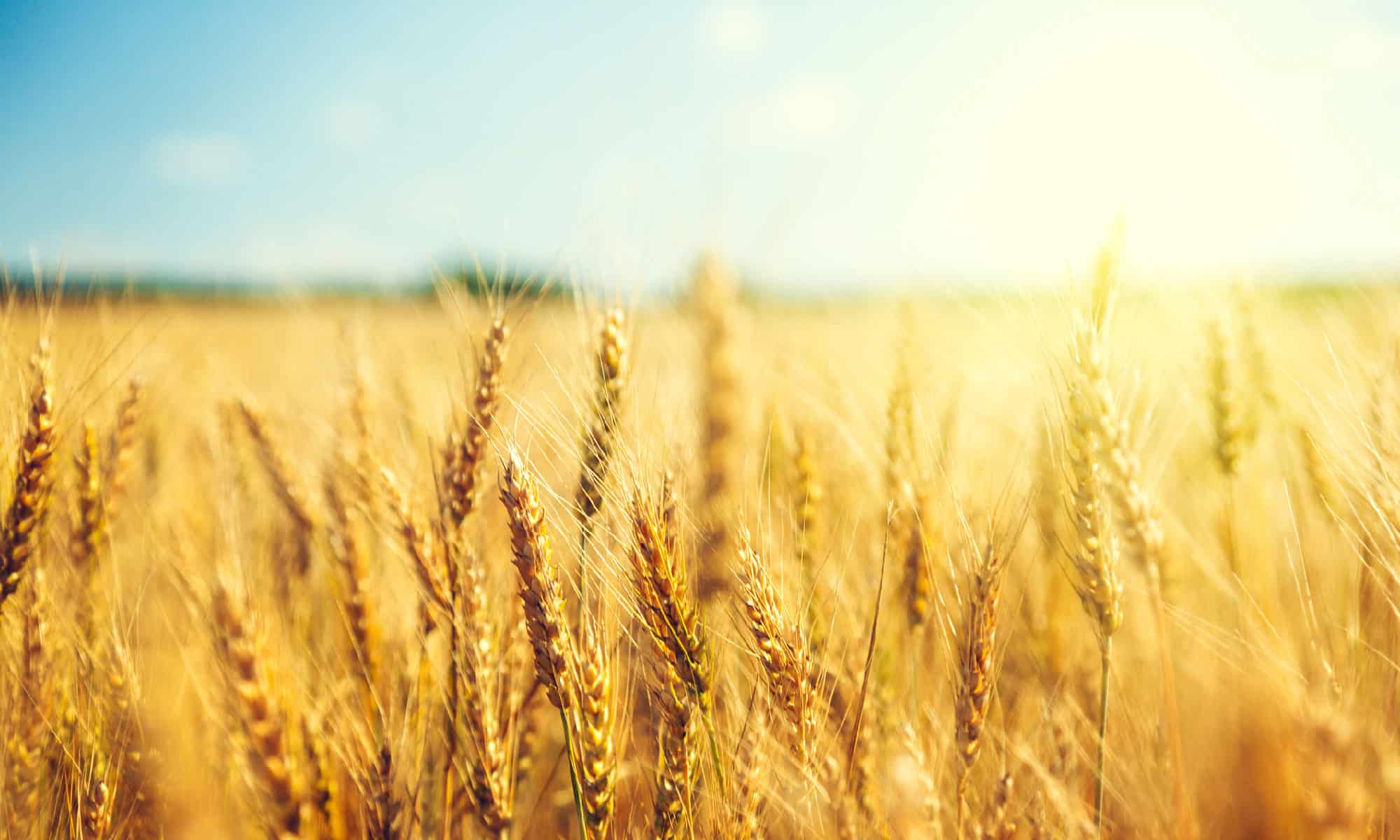
In Wisconsin, the wheat growing season is from April through September.
©iStock.com/IakovKalinin
Since the mid-1800s, wheat has played an important role in Wisconsin’s agriculture. Although it is no longer the primary crop for many farmers, wheat production still accounts for an annual value of just over $139 million.
Wheat farming in Wisconsin started to wane after the Civil War in favor of dairy production. However, wheat remains a staple crop, and Wisconsin farmers grow several varieties of winter wheat that are ideal for baking cookies, bread, and pastries.
7. Sweet Corn
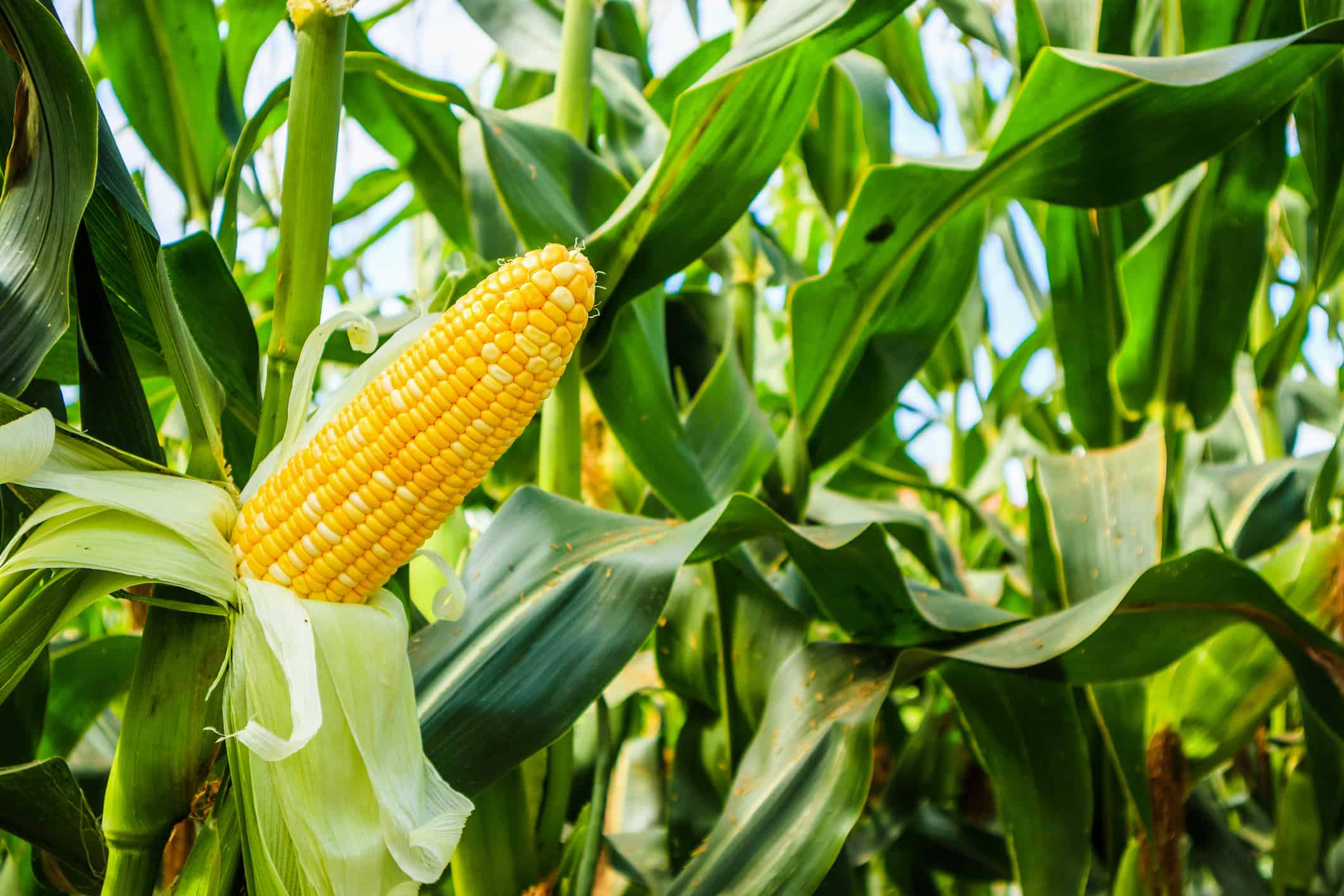
Sweet corn is sold fresh to markets or processed into products like soups and snacks.
©iStock.com/Kwangmoozaa
While field corn is meant for livestock and animals, sweet corn is grown for human consumption. In Wisconsin, sweet corn accounts for an annual value of over $71 million. Overall, sweet corn represents less than 1% of all corn grown in the U.S. Farmers sell a portion of Wisconsin’s sweet corn fresh to markets, although they sell the majority of it to companies that process it into food products like tortillas, snacks, and cereals.
8. Beans
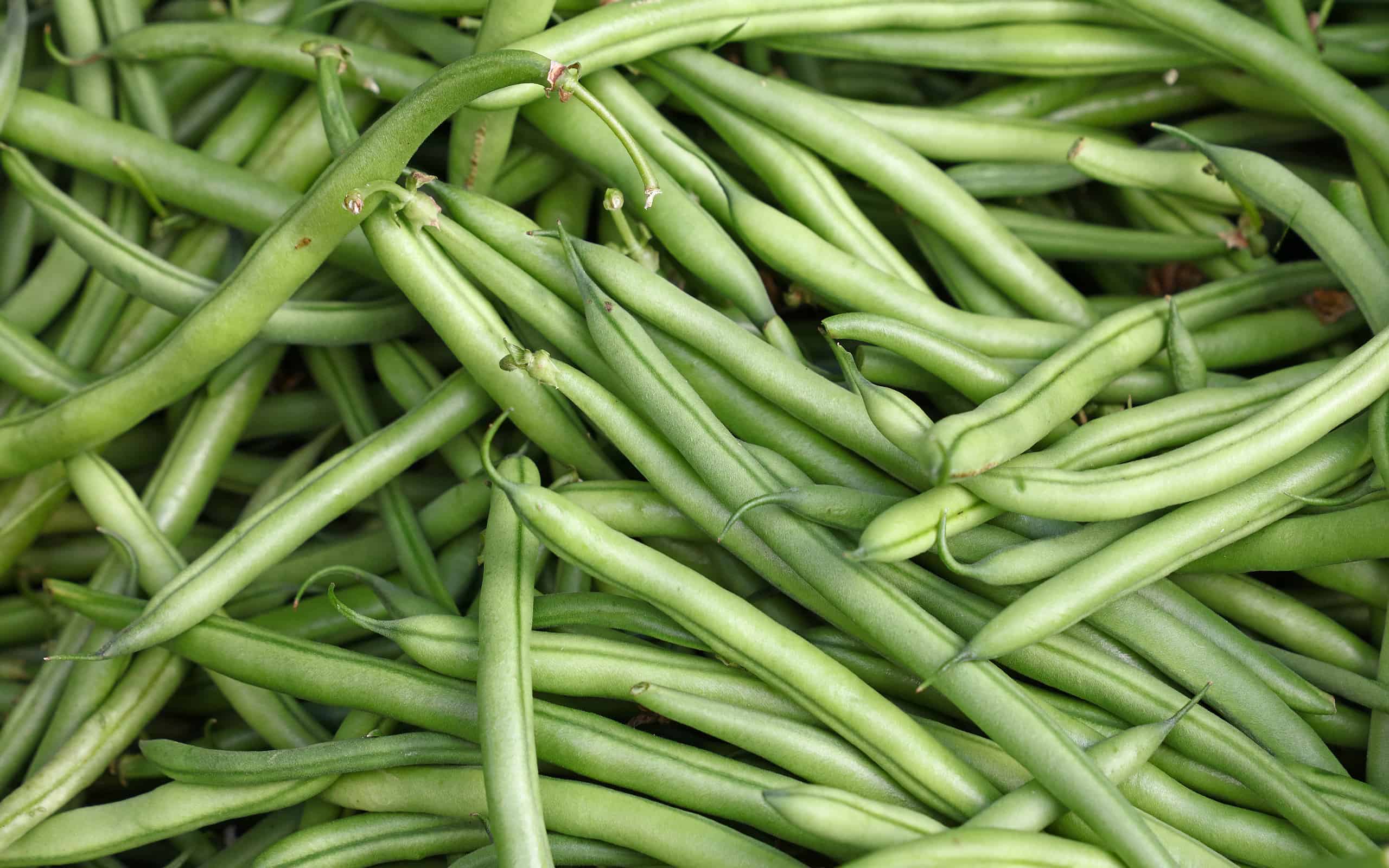
Snap beans, also known as green beans, are harvested while the beans are still inside their pods.
©BreakingTheWalls/ via Getty Images
Wisconsin is the nation’s top producer of snap beans, with an annual production value of nearly $60 million. Much of Wisconsin’s snap bean crop is processed into other food products, while a smaller portion is sold fresh to markets. Wisconsin is frequently among the top five snap bean-growing states.
Summary of Wisconsin’s Most Valuable Crops
| Rank | Crop | Value |
|---|---|---|
| #1 | Dent Corn | $3.4 billion |
| #2 | Soybeans | $1.6 billion |
| #3 | Hay and Haylage | $1.5 billion |
| #4 | Potatoes | $415 million |
| #5 | Cranberries | $187 million |
| #6 | Wheat | $140 million |
| #7 | Sweet Corn | $72 million |
| #8 | Beans | $60 million |
The photo featured at the top of this post is © iStock.com/zhengzaishuru
Thank you for reading! Have some feedback for us? Contact the AZ Animals editorial team.







